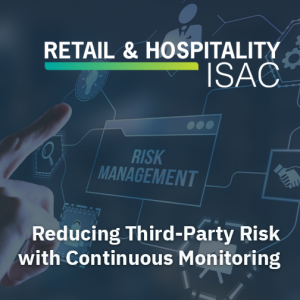Remove the Adversary Advantage with Zero Trust
For many enterprises, zero trust has emerged as the North Star of modern cybersecurity frameworks, designed to help organizations reduce their attack surface and risk by applying principles of least privilege or a “never trust, always verify” approach. Some zero trust-based security controls, like multi-factor authentication (MFA), are designed to add layers of login defense…
Read More



